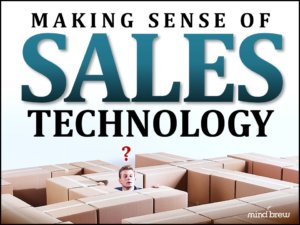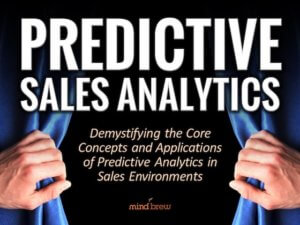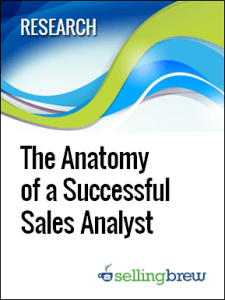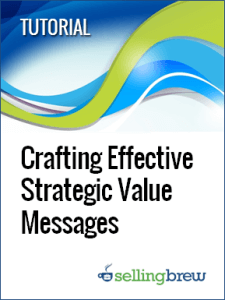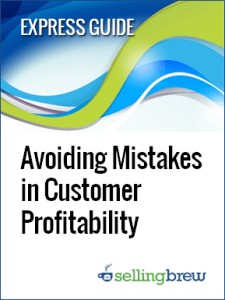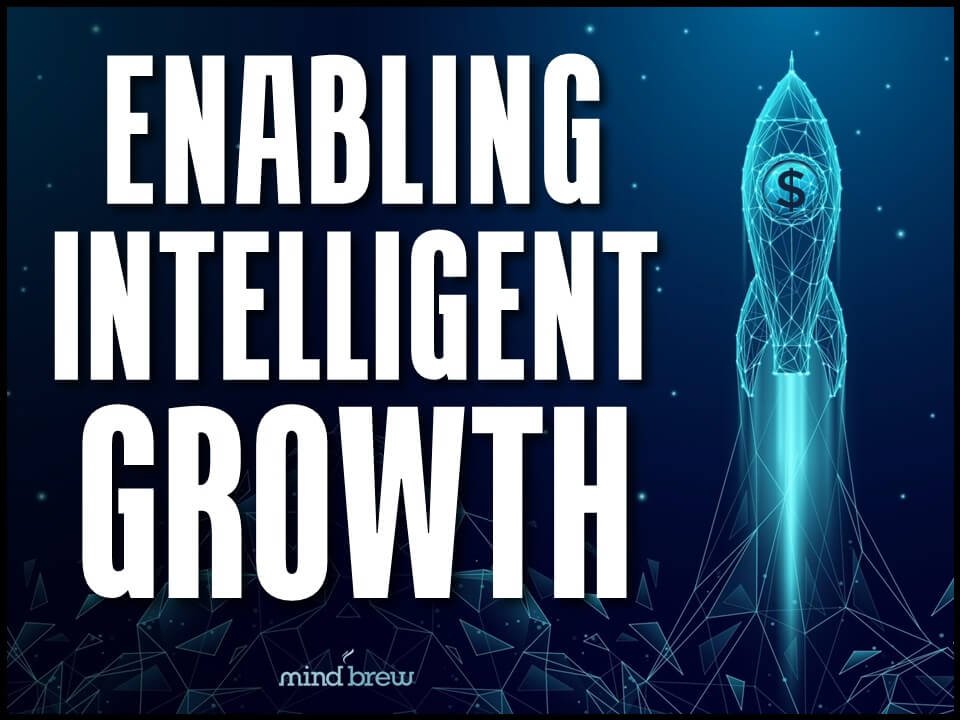In recent months, I’ve tried to be a bit more frugal with my ire and I’ve attempted to ration my rants in this forum. But while regular readers can assess for themselves the extent to which my efforts have been successful thus far, the throbbing vein in my ample forehead suggests that the time has come to loosen the restraints…
From producing dynamic predictive models to automating complex operational processes, the infusion of artificial intelligence into sales technologies has the potential to dramatically improve efficiency and effectiveness across the board.
Yet, I’m hearing some disturbingly familiar refrains from far too many Sales Ops groups:
“We’re going to wait and see how this whole AI thing shakes out before making any technology investments or commitments. We’ll let other companies work out all the bugs and then we’ll take a look.”
To be sure, this hesitancy is nothing new and we’ve seen it all before. With every major technological advancement and analytical innovation, some teams have been reluctant to jump in, preferring to let others prove the efficacy of the solutions…usually many times over…before making any moves whatsoever.
This wait-and-see approach is intuitive and probably even seems quite rational and prudent to many. But when it comes to AI-enabled sales technologies, wait-and-see is a misguided approach with a number of unintended consequences.
One of the most common misconceptions about AI for sales is that it’s all too new, too untested, and altogether too risky. But what might feel “new” to a Sales Ops team is, in fact, a culmination of years of innovation by the technology vendors who have been refining these solutions to meet the needs of their clients.
In reality, the technological and analytical underpinnings of AI-enabled sales solutions have been in development for decades. Machine learning algorithms, predictive analytics models, and automation tools have been steadily improving over the years, driven by advances in computing power, data availability, and algorithmic sophistication.
The truth is that many of the AI-enabled sales solutions available today are already quite robust, having been developed, refined, and proven over many years by the leading technology vendors.
Moreover, today’s software-as-a-service (SaaS) delivery models mean that you’re not going to get locked into a static code base.
SaaS solutions are designed to evolve over time, with regular updates and improvements rolled out by the vendor. So should you adopt an AI-enabled sales solution today, you’re not stuck with the technology as it exists at this moment. Instead, you’ll benefit from ongoing advancements and improvements, ensuring that your selling tools remain cutting-edge into the future.
With AI-enabled sales technologies, the wait-and-see approach also carries some pretty significant opportunity costs. By delaying the adoption and utilization of these technologies, companies are foregoing the substantial gains in efficiency and effectiveness that these tools can deliver.
Dynamic models powered by AI can respond to market changes in real time, optimizing prices and offers to maximize revenue and margin at the same time. Predictive analytics routines can identify trends and opportunities that might otherwise go unnoticed, enabling more strategic decision-making. And complex process automation can free up Sales Ops teams to focus on higher-value endeavors, rather than getting bogged down in manual processes.
But perhaps the most critical risk of inaction is falling behind the competition. In today’s fast-paced markets, those who are quick to adopt effective technologies can gain competitive advantages. They can move faster, react more precisely to market shifts, and deliver better value to their customers.
On the other hand, companies that delay adoption risk being left behind, not just in terms of market performance, but also in terms of technological experience. The longer you wait to adopt AI-enabled sales technologies, the steeper the learning curve will be when you finally decide to make the leap.
In the case of AI-enabled sales technologies, “waiting to see how it all plays out” is just not a great or even good strategy. In fact, given everything I’ve highlighted here, I’m not even sure it’s a legitimate strategy.
After all, the vendors have already done much of the heavy lifting. They’ve developed the algorithms, built the platforms, and created the integrations needed to make AI-enabled sales the current reality for their roster of clients. So to a great extent, the tools are ready and the solutions have been proven.
Now, I’m certainly not suggesting that there are no legitimate reasons for holding off on a new sales technology investment. The economic environment is pretty wild and unpredictable right now. And given the specifics of your situation, new technology just might not be in the cards at the moment.
But waiting to see how this whole AI thing shakes out? To my mind, that’s just another lame excuse or rationalization for doing nothing.

